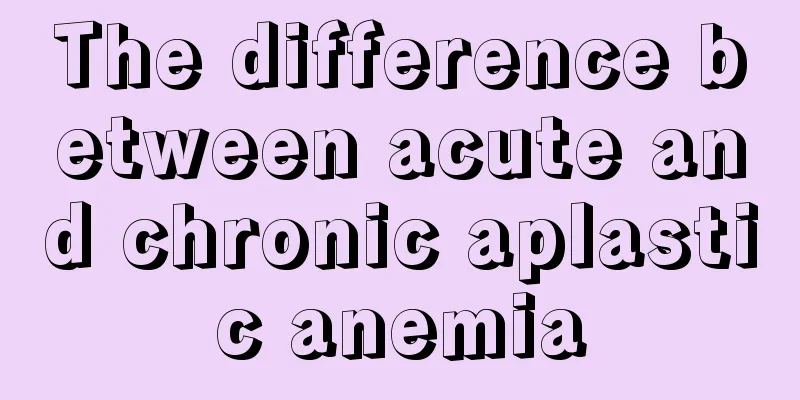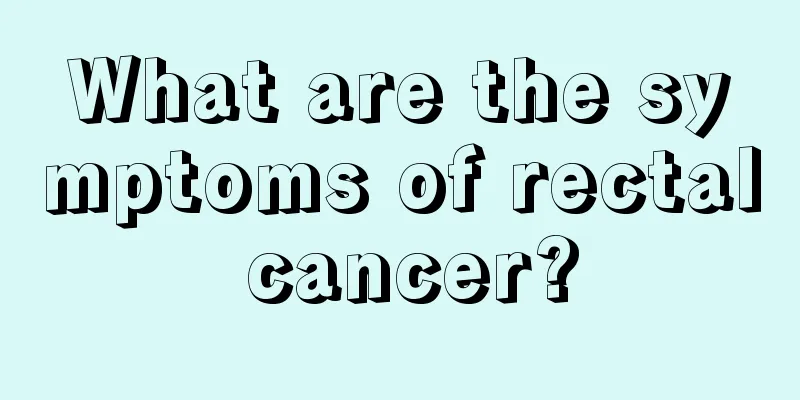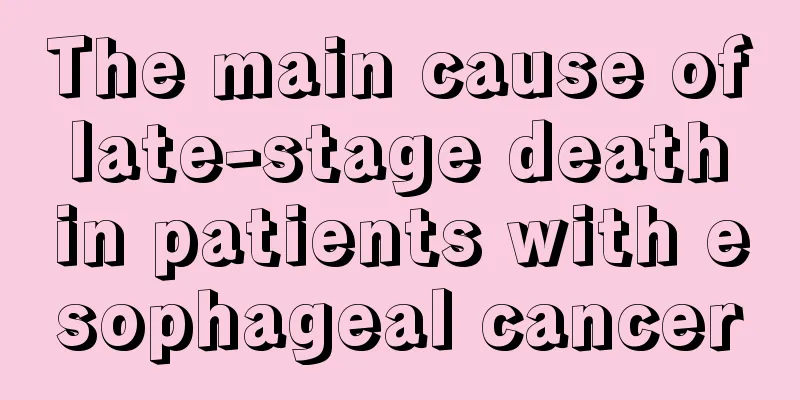The difference between acute and chronic aplastic anemia

|
Perhaps few people have heard of aplastic anemia, a disease caused by multiple causes, usually drug effects, which leads to bone marrow hematopoietic dysfunction. Its peak incidence is in young people and the elderly over 60 years old. Depending on the severity and symptoms of aplastic anemia, we can divide it into acute and chronic. Now let me tell you the difference between acute and chronic aplastic anemia. 1. Symptoms of acute aplastic anemia. Acute aplastic anemia has an acute onset and progresses rapidly, with bleeding and infectious fever often being the first and main manifestations. Anemia is often not obvious at the beginning of the disease, but it becomes progressive as the disease progresses. Almost all of them have a bleeding tendency, and more than 60% have internal bleeding, mainly manifested as gastrointestinal bleeding, hematuria, fundus hemorrhage (often accompanied by visual impairment) and intracranial hemorrhage. Bleeding from the skin and mucous membranes is extensive, severe, and difficult to control. Fever is almost always present during the course of the disease, which is caused by infection. Necrotic ulcers often occur in the oropharynx and around the anus, leading to sepsis. Pneumonia is also common. Infection and bleeding are mutually causal, causing the condition to worsen day by day. If only general treatment is used, most patients will die within a year. 2. Symptoms of chronic aplastic anemia. Chronic aplastic anemia has a slow onset, with bleeding as the first and main manifestation; bleeding is mostly limited to the skin and mucous membranes and is not serious; infection may occur, but it is often mainly in the respiratory tract and is easy to control. The main symptom is anemia. Bleeding is mostly limited to the external skin and is not serious. However, if bleeding is not stopped in time, infection may occur. If the treatment is appropriate and persistent, many patients can achieve long-term relief or even recovery, but some patients will suffer from the disease for many years or even for decades. A few will develop clinical manifestations of acute aplastic anemia in the later stages, which is called acute phase of chronic aplastic anemia. I believe that after reading the above, everyone has some understanding of the difference between acute and chronic aplastic anemia. Chronic aplastic anemia can be cured through gradual treatment, but acute aplastic anemia is difficult to treat once it occurs because of its sudden onset and severity. Therefore, once we find that we have aplastic anemia, we must seek timely treatment. |
<<: What are the methods for treating cystitis
>>: What are the methods for treating sciatica
Recommend
Calories of Xiaolongbao
Xiaolongbao is a food that many people love to ea...
What are the hazards of nasopharyngeal cancer
Nowadays, more and more people are suffering from...
What are the harmful manifestations of liver cancer
As we all know, liver cancer is a very terrible d...
How to treat pharyngitis? These little remedies are the most reliable
Pharyngitis is a common disease that is very harm...
What to do if your fingers have peeling eczema
Finger eczema and peeling is a common phenomenon ...
How long does it take to recover from eye pterygium surgery
Having pterygium in the eye is not a particularly...
What are the medicinal properties of Linggao
Guiling jelly is something that can moisten the t...
What causes skin barrier damage?
Skin is a relatively important surface tissue. It...
Are almonds cold in nature?
Many people know that almonds have medicinal valu...
How long can you live if cervical cancer recurs
The treatment plan after cervical cancer relapse ...
Colon cancer can be treated in a variety of ways
Colon cancer can be treated in many ways, and the...
Why is the incidence of colorectal cancer high
Everyone should be familiar with the disease of c...
Is syringoma contagious?
Syringoma is a benign tumor, but after having a s...
Briefly describe the wound care methods after endometrial cancer surgery
Endometrial cancer is not unfamiliar to everyone....
What diseases can be treated with Chinese medicine thread embedding
Traditional Chinese medicine thread embedding the...









